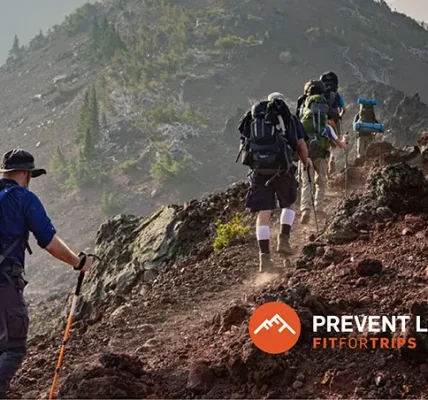The question of whether hiking pants stretch over time is a common one among outdoor enthusiasts. Many factors influence the elasticity of fabrics, including the materials used, the construction of the garment, and the level of activity they endure. Understanding how these elements contribute to stretching can help you make informed decisions about purchasing and caring for your hiking apparel. Whether you’re scaling mountains or enjoying a leisurely stroll, knowing the limits of your gear is crucial for comfort and performance. In this article, we’ll explore the dynamics of hiking pants stretch over time and offer tips to preserve their shape and fit.
Understanding Fabric Composition and Stretch
The tendency of hiking pants to stretch depends heavily on their fabric composition. Different fibers possess varying degrees of elasticity and resilience.
- Polyester: Known for its durability and resistance to wrinkles and shrinking, polyester generally exhibits minimal stretching.
- Nylon: A strong and versatile synthetic fiber, nylon offers good elasticity but can stretch slightly more than polyester, especially when wet.
- Spandex (Elastane/Lycra): This highly elastic fiber is often blended with other fabrics to provide stretch and recovery. The higher the spandex content, the more the pants will stretch.
- Cotton: While comfortable, cotton tends to stretch out and lose its shape more easily than synthetic fibers, particularly when wet or under stress.
Factors Contributing to Stretching
Beyond the inherent properties of the fabric, several external factors can influence how much your hiking pants stretch:
- Wear and Tear: Repeated stretching and movement during hiking can gradually weaken the fibers, leading to permanent stretching.
- Moisture: Wet or damp conditions can cause some fabrics, like nylon and cotton blends, to stretch more readily.
- Heat: Exposure to high heat, such as from a dryer, can damage elastic fibers and cause them to lose their shape.
- Body Shape and Size: Pants worn too tightly will naturally stretch more than properly fitted ones.
How to Minimize Stretching
Fortunately, there are several steps you can take to minimize stretching and prolong the lifespan of your hiking pants:
- Choose the Right Size: Opt for a snug but comfortable fit that allows for freedom of movement without being overly tight.
- Follow Care Instructions: Always adhere to the manufacturer’s washing and drying instructions to avoid damaging the fabric.
- Avoid Over-Drying: Tumble dry on low heat or hang your pants to dry to prevent heat-induced stretching.
- Proper Storage: Store your pants folded or hung in a way that avoids unnecessary stretching.
- Choose Fabrics Wisely: Opt for higher polyester or nylon blends with minimal cotton for greater shape retention.
FAQ About Hiking Pant Stretch
Here are some frequently asked questions related to the stretching of hiking pants:
- Q: Will my hiking pants shrink back to their original size after washing?
- A: It depends on the fabric. Some synthetic blends may slightly revert, but significant shrinkage is unlikely, especially if they’ve been stretched extensively.
- Q: Are there hiking pants that don’t stretch at all?
- A: Pants made entirely of tightly woven, non-stretch fabrics like certain types of polyester will exhibit minimal stretching, but may lack the flexibility and comfort desired for hiking.
- Q: How can I tell if my hiking pants have stretched too much?
- A: Signs of excessive stretching include a noticeably looser fit, sagging in the seat or knees, and a general loss of shape.
Comparative Table of Fabric Stretch
| Fabric Type | Stretch Potential | Resilience | Best Use Cases |
|---|---|---|---|
| Polyester | Low | High | General hiking, durability focused activities |
| Nylon | Medium | Medium | Hiking in damp conditions, abrasion resistance |
| Spandex | High | Medium to High | Activities requiring high range of motion |
| Cotton | High | Low | Casual wear, not ideal for demanding hikes |
Ultimately, understanding the interplay between fabric composition, usage, and care is key to managing the stretch of your hiking pants. Choosing high-quality materials and practicing proper care techniques can significantly extend the life and maintain the fit of your favorite outdoor gear. Investing in pants that are specifically designed for hiking, with features like articulated knees and gusseted crotches, can also help to reduce stress on the fabric and minimize stretching. As you consider your next purchase, keep in mind that the longevity and comfort of your hiking pants stretch over time is directly tied to the thoughtful choices you make.

